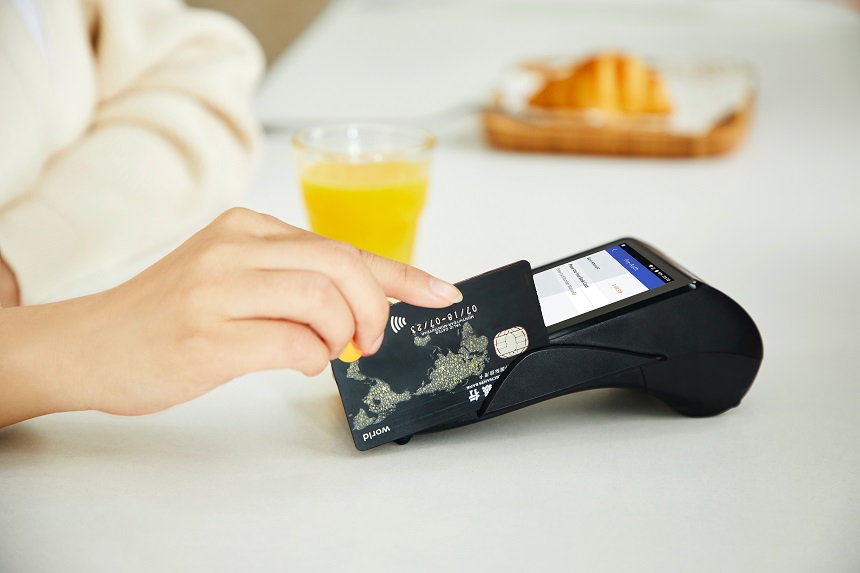
Morningstar once conducted research that looked at what would happen if the holdings in mutual fund portfolios were frozen in time, with no further changes over the following year. The surprising conclusion? The portfolios that assumed no further adjustments tended to beat the returns of the actual portfolios, which reflected the fund managers’ trading activity. In other words, the funds would have performed better had the managers stood pat rather than trading.
Investors should take that finding to heart when they manage their own portfolios, too. While some investors swear by frequent monitoring and rebalancing tweaks, I’ll take a policy of benign neglect any old day.
There are many good reasons to be hands-off. The first gets back to the aforementioned “frozen” portfolios: Assuming you’ve taken care with your starting asset allocation and have selected high-quality investments to populate your portfolio, too frequent monkeying around could lead to worse results than sitting still. (One of the best axioms for portfolio management is “Don’t just do something--stand there!”) Trading also has the potential to jack up costs, both transaction and tax costs, which drag on returns.
Another reason to take a hands-off tack with your investments is to keep your stress level down. If you limit your checkups to a simple annual review, you’re less likely to sweat small market movements because you won’t see them reflected in your net worth. Last and definitely not least, there may be periods in your life when you’re unwilling or unable to spend much time on your portfolio, because of time constraints or, perhaps later in life, health considerations. Crafting an ultra-low-maintenance portfolio helps ensure that nothing catastrophic would happen if you couldn’t check in with your portfolio for a year or even longer.
Of course, the gold standard for taking a hands-off approach to your portfolio while also ensuring that it’s running smoothly is to delegate your portfolio management to a high-caliber financial advisor. But if you’re a do-it-yourself investor aiming to build a “no babysitter required” portfolio, here are the key steps to take.
Step 1: Find your portfolio’s true north
The starting point for creating a low-maintenance portfolio is to give due consideration to your asset allocation. That decision--more than security selection--will have by far the biggest impact on how your portfolio behaves in the future.
Tactical strategies that assume jockeying around among asset classes are automatically off the table. After all, the goal is to be hands-off. But the tricky part about asset allocation, even a strategic approach, is that, for many situations, the "right" asset allocation is a moving target. A large equity weighting typically makes sense for the preretirement years, but you’ll probably want to transition to heavier weightings in cash and bonds as retirement--and spending from that portfolio--approaches.
Target-date funds elegantly address this issue by transitioning to a more conservative stance as the years go by; they’re the ultimate in hands-off investments. If you’re OK with an asset allocation that’s not necessarily customized to your particular situation, your quest for a low- (or no-)maintenance portfolio could begin and end with a target-date fund. And remember, a target-date fund doesn’t have to consume your whole portfolio.
If you’d like to have more control over your asset allocation than a target-date fund allows, it’s important to think through your risk capacity and risk tolerance. Risk capacity relates to how much risk you can afford to take, given your proximity to spending from your portfolio, whereas risk tolerance refers to how much volatility you can psychologically and emotionally tolerate.
In addition to thinking through your starting asset allocation, give some thought to how that asset allocation will change over time. For example, you might target a 70% equity/30% bond portfolio until age 55 but step down to a 60% equity/40% bond portfolio by age 65.
Step 2: Eliminate redundant accounts
If your aim is to reduce complexity and oversight in your portfolio, one of the best things you can do is to skinny down your number of accounts. Ditto for multiple taxable accounts.
Just remember that the consolidation process can only go so far, because some of your accounts will need to remain distinct for tax purposes. As a result, most of us will necessarily have at least a few subportfolios. If you and your spouse each have assets in your own names, those accounts will need to remain distinct, too. You can, however, stick with a single provider to help simplify your oversight duties, allowing you to see your balances and holdings on a single platform.
Step 3: Identify low-cost, well-diversified building blocks
Once you’ve determined your portfolio’s asset allocation and reduced your number of accounts to a bare minimum, you can turn your attention to identifying the simplest possible building blocks to populate the portfolio(s).
For your long-term investments, broad “total market” index funds and exchange-traded funds are by far the lowest-maintenance choices; their portfolios are guaranteed to track a given market segment, less costs, and they won’t generally be affected by management comings and goings or by developments at the parent company.
The best aspect of “total market” products is that a single fund will provide all (or almost all) of the exposure you need to a given asset class. One fork in the road is whether to obtain your total market exposure via a traditional index fund or ETF; worthy total market trackers are available in either product type.
For your cash holdings, focus on products that are low-cost, well diversified, and low maintenance: online savings accounts and/or money market mutual funds can work well in this portfolio slot. Unlike CDs, you won’t need to deal with products maturing and needing to reinvest the proceeds.
Step 4: Document your maintenance regimen
Think of your no-babysitter portfolio as a grown child: Just because you don’t have to attend to its basic needs every day or even every quarter, you'll still want to check in periodically to make sure everything’s OK.
If you’ve followed the steps above, a thorough annual review should be enough to keep things running smoothly. (You'll probably want to attend to your adult kids more than that!) Such an annual check-in will be absolutely essential if you're already retired because you'll need to figure out how to extract cash for living expenses from your portfolio, and you'll need to take required minimum distributions from your tax-deferred accounts once you hit age 70-1/2.
To help facilitate the process and, importantly, to ensure that you don’t overdo your checkups, I like the idea of using an investment policy statement that documents the basic outlines of your portfolio (your approach to asset allocation and security selection, for example), as well as how often you’ll check up on your portfolio and how you’ll do it.
If you’re retired, maintaining your portfolio will necessarily be a bit more complicated: Not only will you need to determine where you’ll go for cash to meet your living expenses, but you’ll also have to ensure that your portfolio withdrawals aren’t so rich that you risk early depletion of your portfolio. A retirement policy statement can help ensure that you’re thinking through and documenting all of these issues.
Editor's Note: This article was originally written for an American audience




















